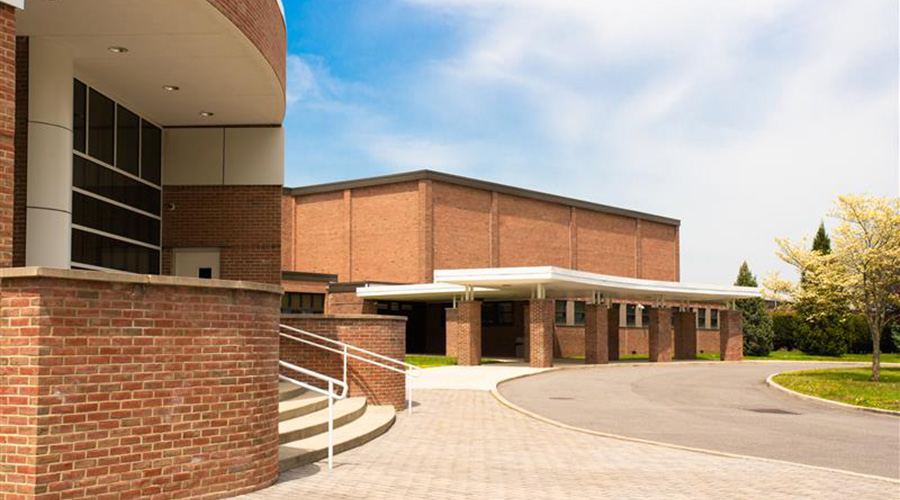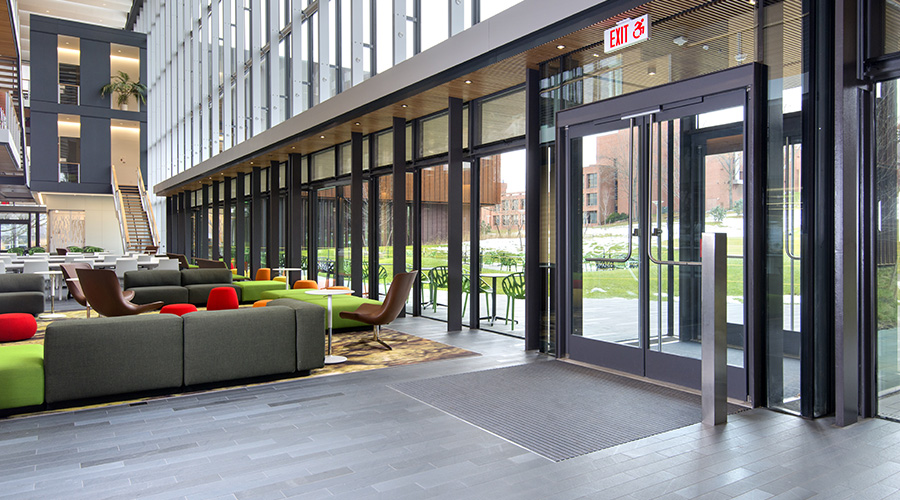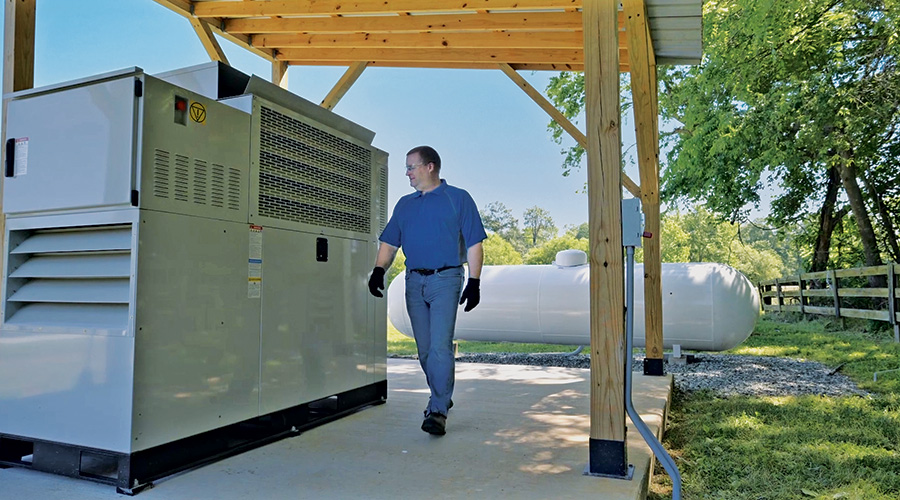
Rural School Districts Struggle with Maintenance Financing
While big-city districts’ battle with deferred maintenance garner big headlines, rural district’s face similar challenges. January 22, 2025
By Dan Hounsell, Senior Editor?
K-12 schools in major metropolitan areas continue struggling to find enough funds to inspect, repair and maintain their facilities in ways that keep them safe and reliable. But while these struggles require major funding and garner big headlines, big-city districts are hardly unique in facing these challenges.
The nation’s rural K-12 districts also face uphill battles finding the financing to maintain facilities properly. Consider the case of one rural Nevada district.
Nye County School District covers a sprawling 18,000-square-mile area. Its smallest schools are in far corners of the county as much as a four-hour drive from the Pahrump base, according to the Las Vegas Sun News.
District officials would like to replace aging facilities, but Joe Schmidt, the district’s director of maintenance, operations and safety and security, says if the buildings are structurally sound, safe and warm, the learning environments are comfortable, and the district can stay ahead of mechanical issues, these buildings can be in good shape for a long time.
Unfortunately, the district cannot sell more bonds to fund replacements and repairs. Bonds are the primary way Nevada’s public-school districts augment their funding for facilities. Bonds are funded with additional, voter-approved property taxes, but the state sets a ceiling on combined property tax rates. Nevada’s rural school districts feel the inequity with the districts serving the Las Vegas and Reno areas, which have robust urban tax bases, and among themselves.
Dan Hounsell is senior editor for the facilities market. He has more than 30 years of experience writing about facilities maintenance, engineering and management.?
Next
Read next on FacilitiesNet












